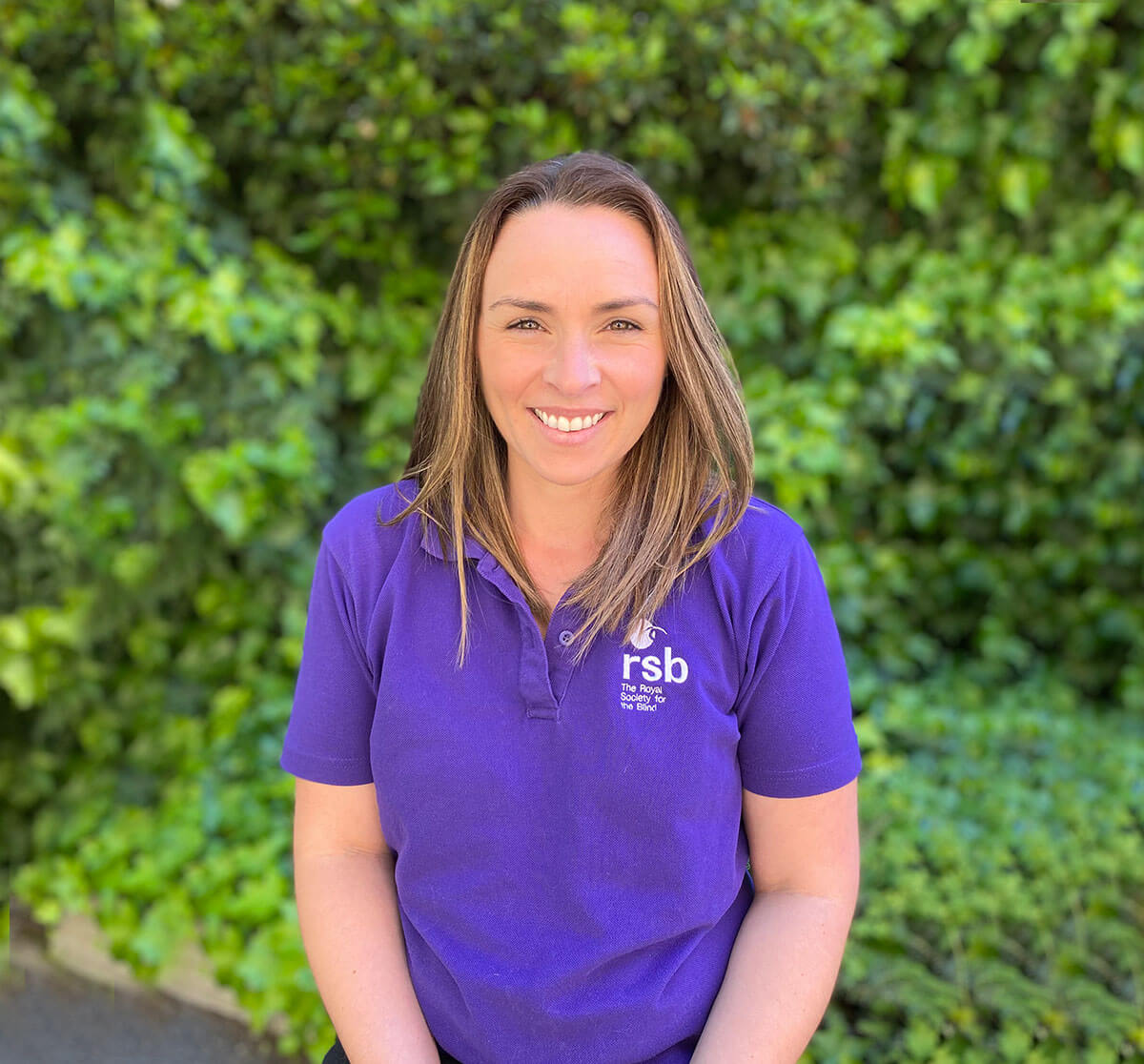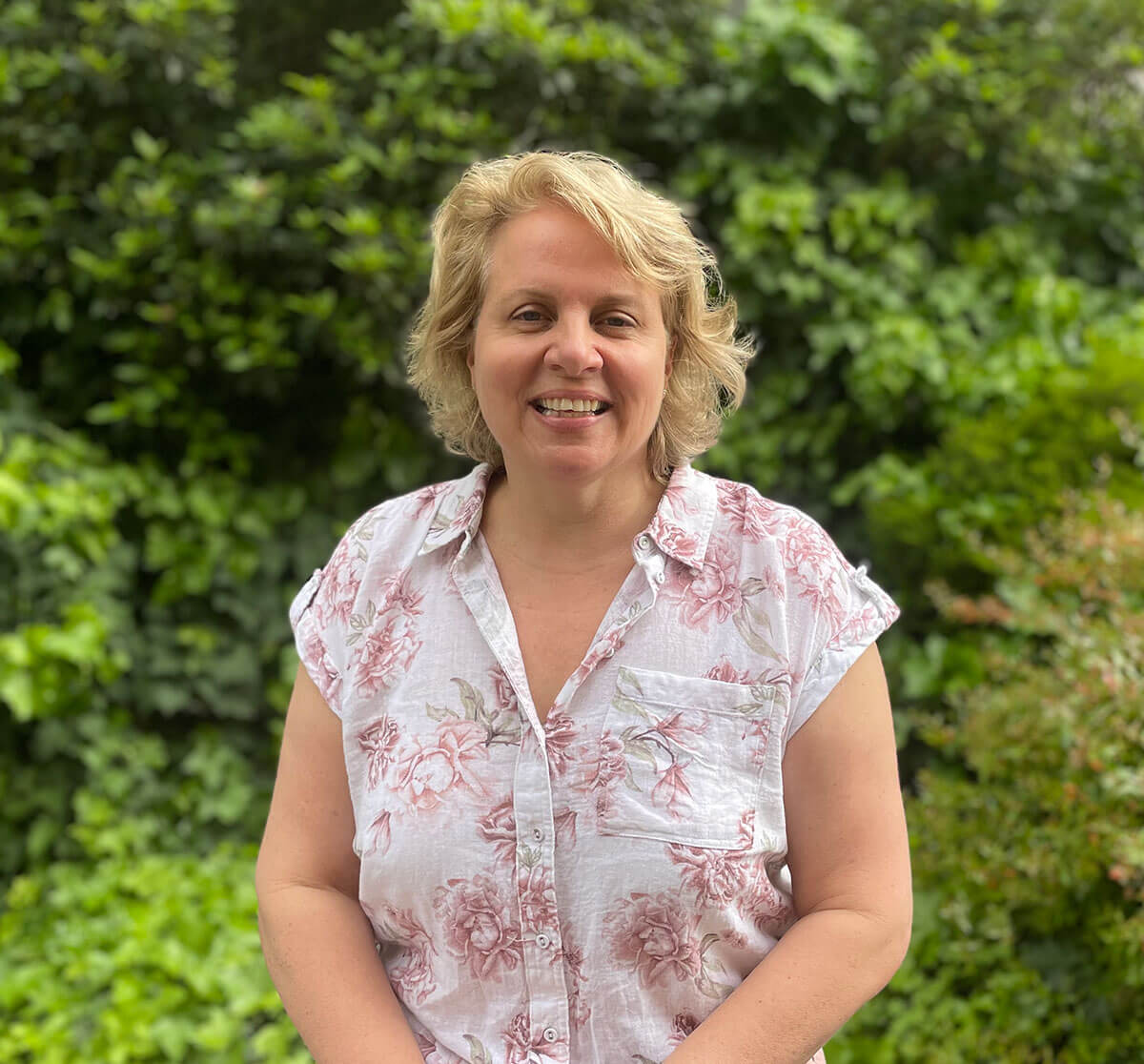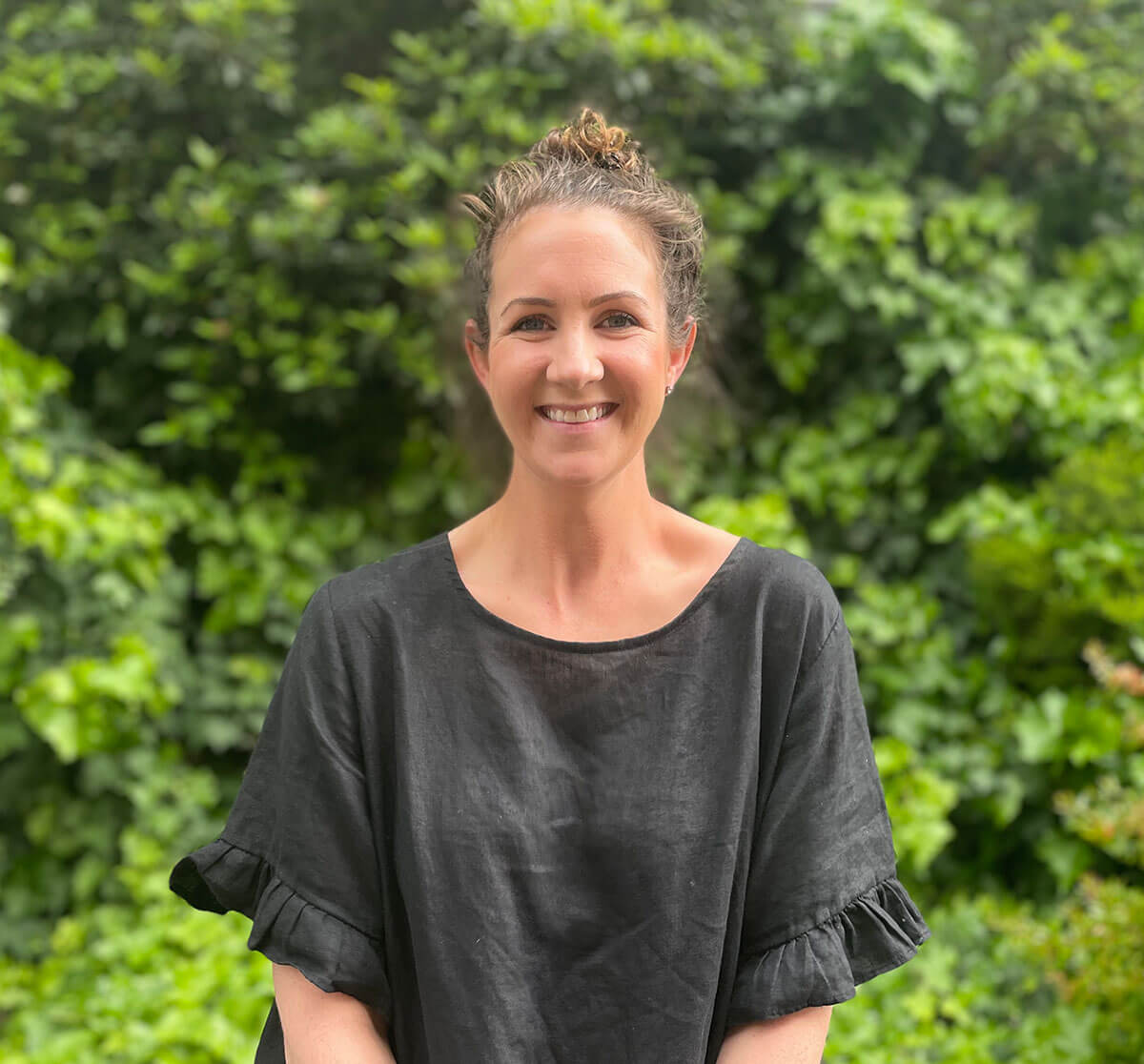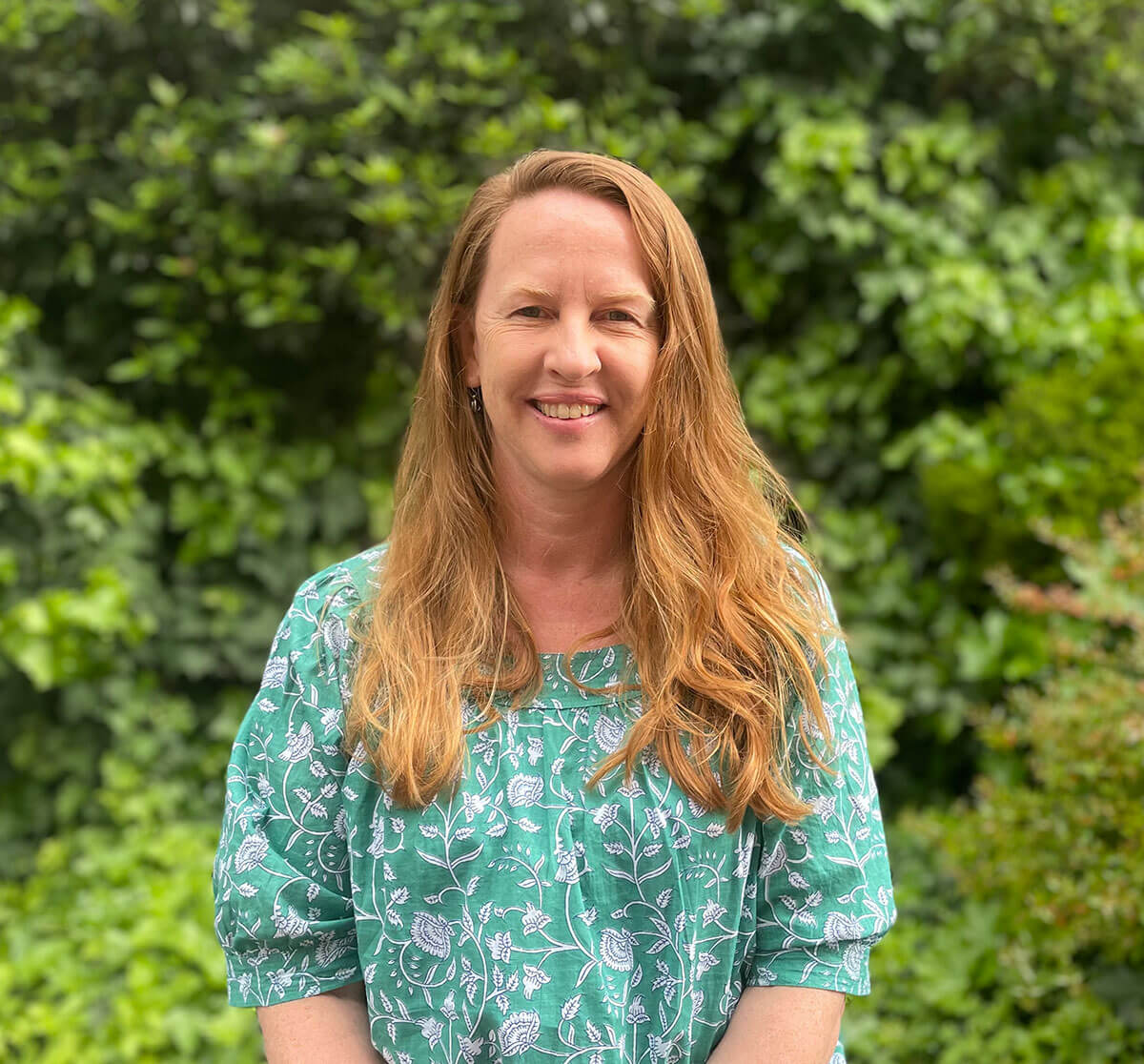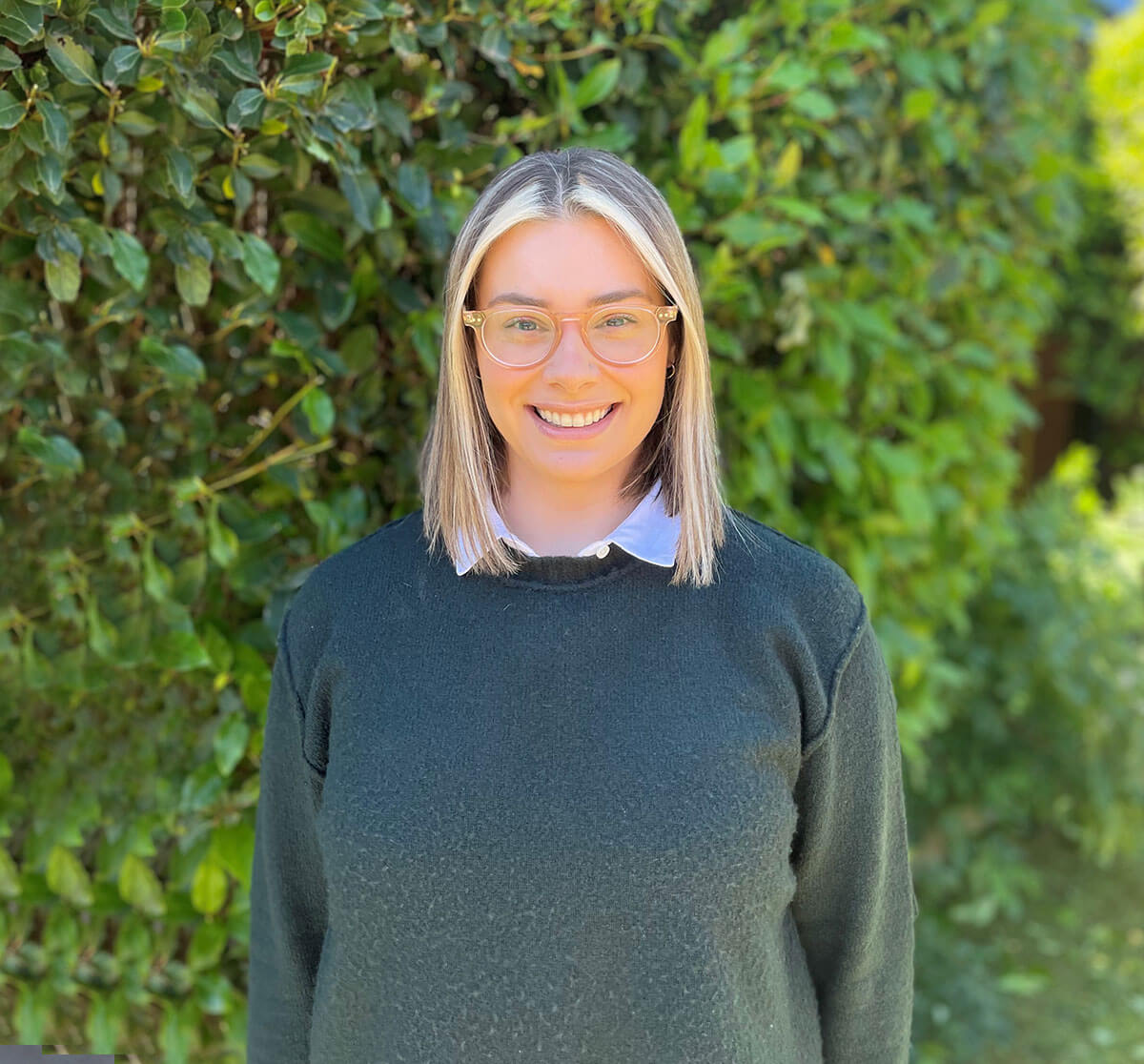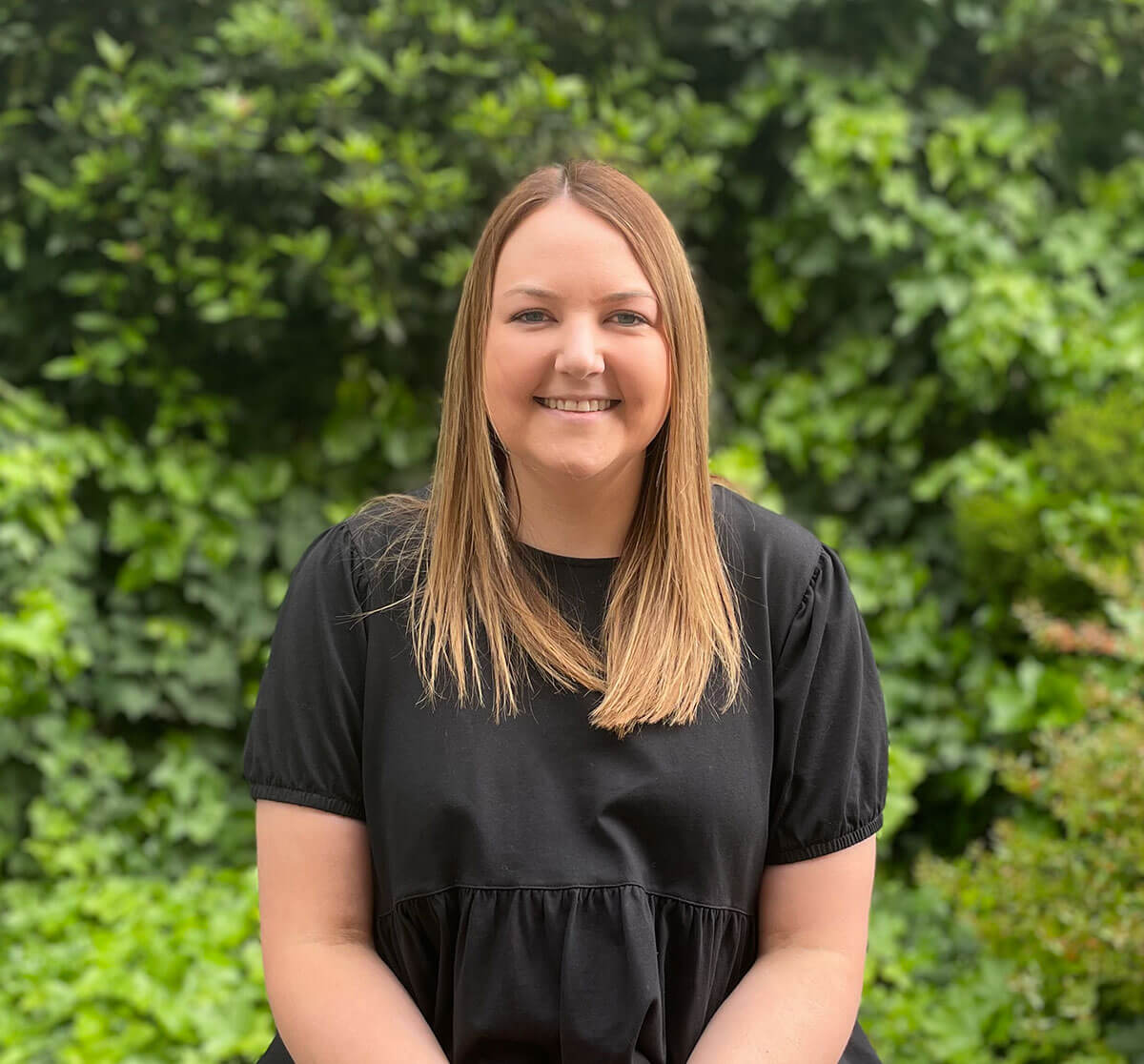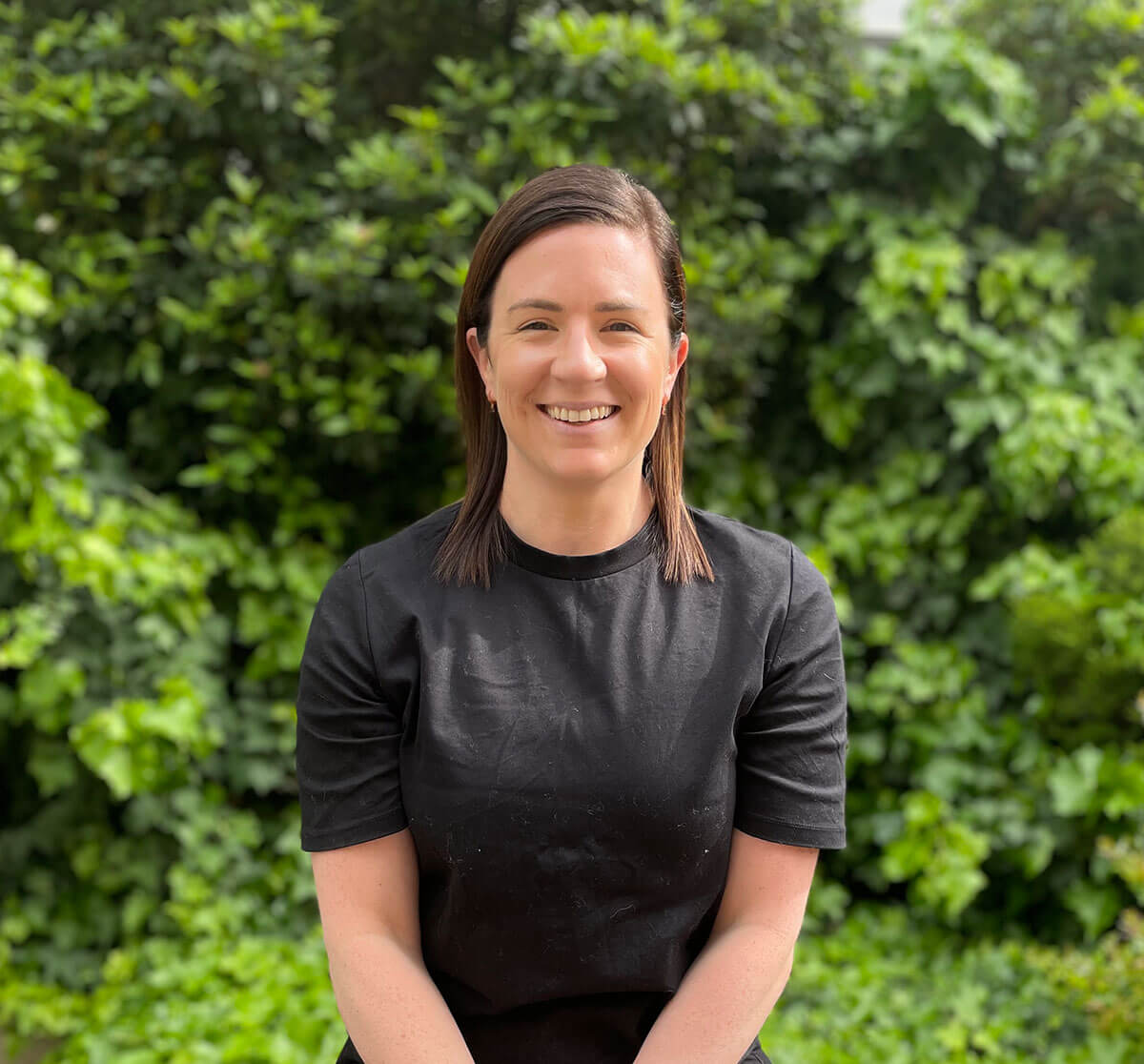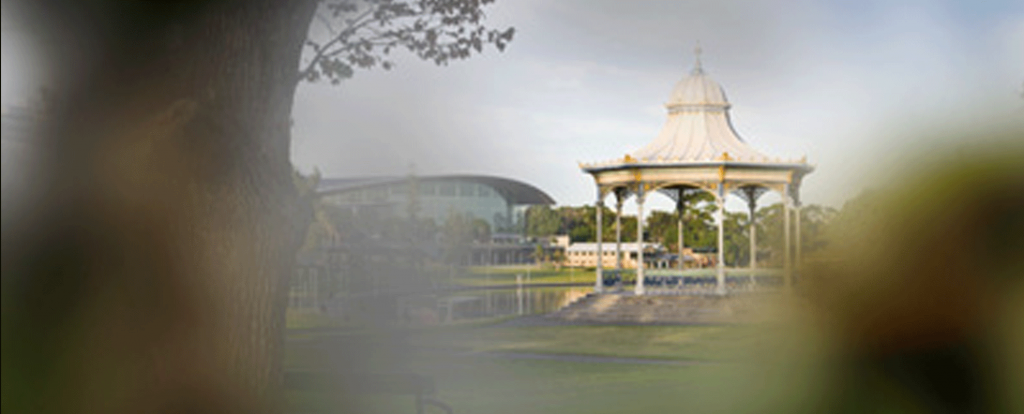
Glaucoma is a leading cause of blindness in Australia. If it is diagnosed early, blindness is nearly always preventable. Glaucoma is usually caused by a build-up of pressure in the eye. This pressure causes damage to the optic nerve. The optic nerve transmits nervous impulses to the part of the brain which is responsible for sight. The eye is normally filled with ‘intra ocular’ fluid which constantly drains away and is then replaced. In the case of glaucoma, intra ocular fluid is not drained away properly, or it may be produced in large amounts. If this causes too much pressure in the eye, the optic nerve is damaged, blind areas in the field of vision develop. Glaucoma tends to happen slowly, often with no noticeable changes until after the damage is done.
How does it affect sight?
Side vision is most often affected. The edge of the field of vision starts to fade, causing vision to narrow. Glaucoma can also cause blank areas closer to the centre of vision. Some warning signs include blurred vision, seeing coloured rings around lights, loss of side vision, pain and redness of the eye.
Diagnosis and treatment
The good news is that most glaucoma cases can be treated. A painless examination is made to measure the pressure within the eye. The ophthalmologist also views the back of the eye to examine the optic nerve for any damage. Although damage cannot be reversed, treatment can prevent it from becoming worse. The longer high pressure remains in the eye, the more likely damage will occur.
Treatment aims to reduce the pressure by helping fluid to drain out of the eye, or by reducing the amount produced. Eye drops are most often used to treat glaucoma, although sometimes laser and surgery are necessary. Glaucoma is a life-long condition which requires continual management to prevent loss of vision.
Who is susceptible?
Most cases of glaucoma occur in the older age group. If there is a family history of glaucoma, there is a higher risk of developing the condition. People over the age of 40 and those with a family history should have a regular glaucoma test.
Who can help?
The first step is to see an eye specialist without delay. Should the specialist feel that you can be assisted by See Differently, they will refer you. See Differently helps you to make the most of your remaining sight. Service and products include:
- low vision assessment;
- magnification aids;
- information;
- counselling;
- equipment and games (eg. talking clocks and large print playing cards).


